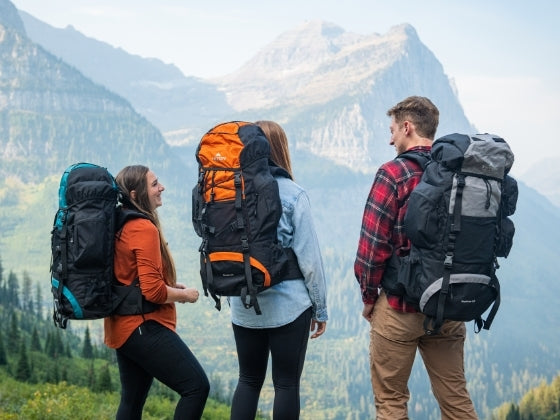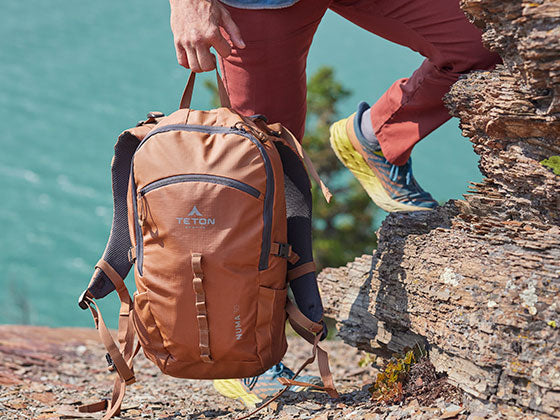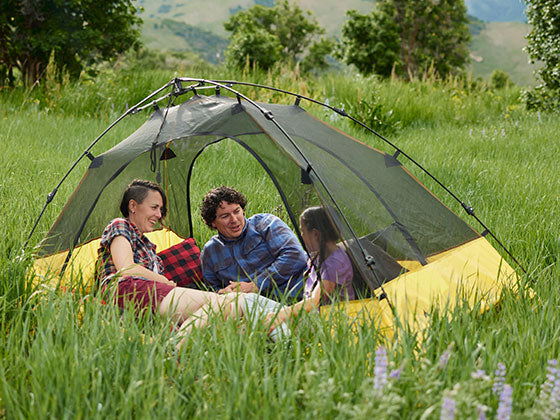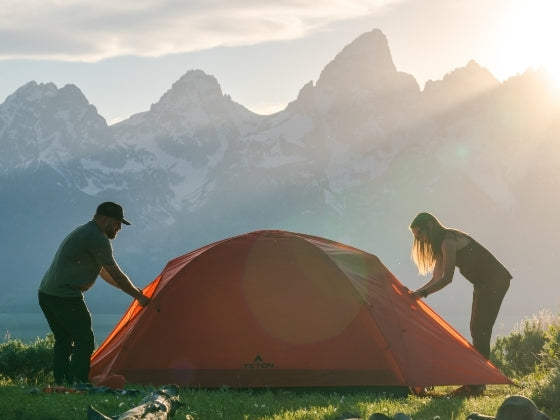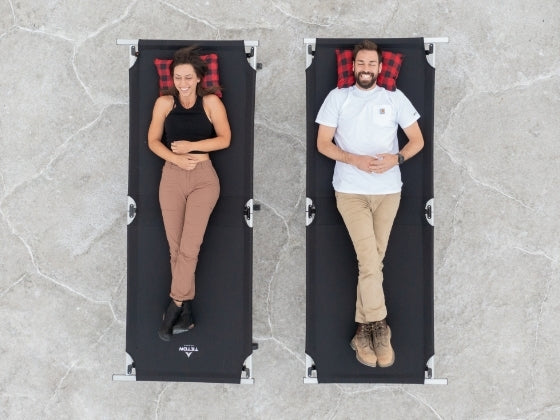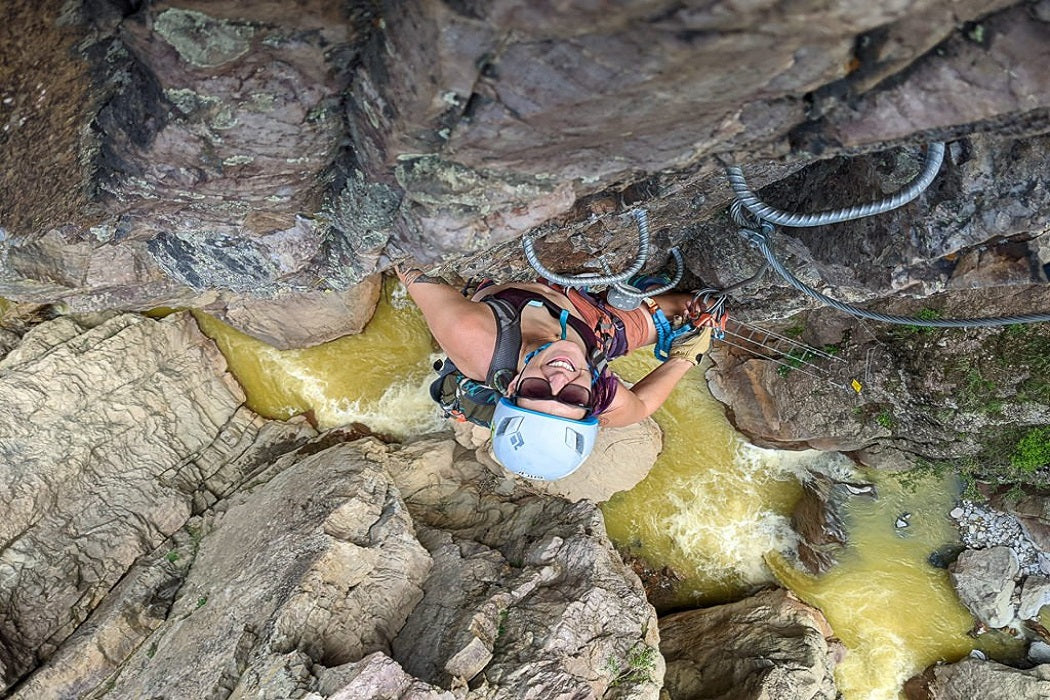By: Kalli Hawkins
Accidents are bound to happen when recreating in the outdoors. Nevertheless, you don't have to be a medical expert to assess and treat minor injuries in the backcountry. Here are some helpful tips for how to handle injuries while on the trail!
First Things First - Planning Ahead
No matter what season or terrain I am hiking in, I carry a compact first aid kit in my backpack. I am a stickler for always being prepared, and even if I may not experience an injury on the trail, I might encounter someone who has, and I want to be there to help. Get yourself a trusty lightweight medical kit that you can toss in your backpack. To help minimize risk, gain knowledge of the terrain and potential water sources along your route. Furthermore, having the proper clothing, gear, and equipment will ensure the safety of yourself and others.
Let's Talk Minor Injuries
A handy skill to have before heading out for a hike is a fundamental knowledge of potential injuries that can occur and how to properly assess and treat them. No matter the region, terrain, or season that you are hiking in, there will always be a risk of encountering an accident. Here are the most common minor injuries and valuable tips on how to treat them.
- Sprained or Rolled Ankle
- Altitude Sickness
- Dehydration & Heat Exhaustion
- Cuts, Scrapes & Abrasions
A wound can be anything from a small skin abrasion to a large cut or laceration. If the wound is profusely bleeding, apply direct pressure using a clean material or extra item of clothing. Once bleeding has slowed down, clean the wound with water to get any dirt and bacteria out. It's going to sting, but using an alcohol swap from your medical kit will be beneficial to reduce the potential for infection. Then apply a non-adherent dressing, gauze, and a bandage to the area. If bleeding cannot be controlled with direct pressure, and the individual is in danger of losing large quantities of blood, apply a tourniquet. You can do this by using a piece of clothing, belt, or strap to tie around the extremity directly above the wound.
Additional Hiking Tips
Hiking with a partner or group is always a good idea when recreating in the outdoors. Having the extra support to lean on when injured is incredibly comforting. However, if you're like me, you may enjoy hiking alone from time to time. Keep these tips in mind next time you're out solo hiking.
- Hiking Alone
Experiencing an injury while you are alone in the backcountry can be nerve-wracking. Your adrenaline and heart rate will soar as the reality of the situation sets in. However, try your best to remain calm. If the injury is not life-threatening, take deep breaths, and think through your options and decisions before acting on them. If you have severely sprained your ankle or are feeling dizzy or disoriented and cannot hike out on your own, there are a few actions that will help. First, stay within eyesight of the trail where fellow hikers will be able to spot you and come to your help. Second, continue to yell for help periodically and start conserving your water supply.
Most importantly, get outside, have fun and stay safe!
About the Author: Kalli Hawkins
Kalli Hawkins is an outdoor, gear, and adventure writer based in Colorado. An avid explorer and backcountry enthusiast, Kalli can often be found on a backroad exploring the outdoors with her pup, Riley. When she's not writing or adventuring outdoors, she enjoys woodworking, homebrewing beer, and trying her hand at gardening. If you would like to connect or follow along, you can find her at @kallihawkins.

